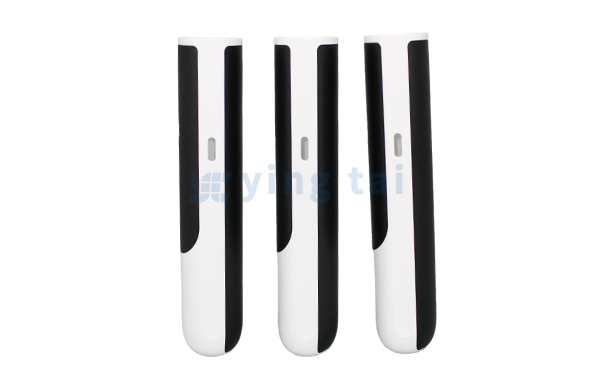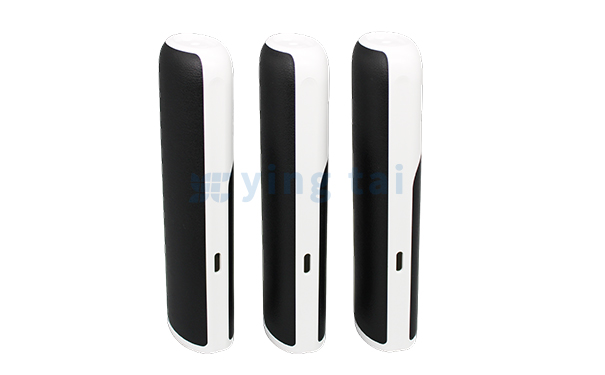Production process of hot pressed leather
1. Pre treatment of substrate (plastic shell)
Cleaning: Use alcohol, plasma cleaning, or ultrasonic waves to remove oil stains, release agents, etc., to ensure a clean surface.
Surface treatment (optional):
Coarsening treatment: sandblasting, chemical etching or flame treatment to improve adhesive adhesion.
Primer treatment: Apply specialized primer (such as PP treatment agent, PU primer) to enhance adhesive strength.
2. Leather pretreatment
Cutting: Cut leather according to product size, usually leaving a 3-5mm margin for edging.
Back treatment (optional):
Polish or apply primer (such as PU primer) to improve the permeability of the adhesive.
Some synthetic leather (PU/PVC) requires activation treatment (such as corona discharge, flame treatment).

3. Glue application (key step)
Adhesive selection:
Hot melt adhesive (PUR/EVA): suitable for automated production, fast curing, but low temperature resistance (<80 ℃).
Water based PU adhesive: environmentally friendly, requires drying, suitable for products with high temperature resistance requirements.
Solvent based adhesive (such as glue): Strong initial adhesion, but contains VOCs and requires ventilation treatment.
Glue application method:
Spray/Roll Coating: Suitable for uniform coating on large areas.
Glue dispensing/scraping: suitable for fine parts such as edges and surfaces.
4. Pre drying (required for some adhesives)
Water based or solvent based adhesives need to be pre dried in an oven at 60-80 ℃ for 1-3 minutes to remove the solvent and avoid the formation of bubbles during hot pressing.

5. Hot pressing bonding (core process)
Equipment: Flat hot press, hydraulic press, vacuum hot press (suitable for complex surfaces).
Process parameters (adjusted according to materials):
Typical Range of Parameters Remarks
Temperature 80~150 ℃ - natural leather ≤ 120 ℃, synthetic leather can be higher
High pressure of 0.5~3MPa (5~30kg/cm ²) may cause leather deformation or indentation
Time 10~60 seconds. Thick leather or complex structures require longer time
Cooling method: Natural cooling/water cooling. Rapid cooling of molds can reduce deformation
Fitting method:
Flat hot pressing: suitable for flat or simple curved surfaces.
Compression molding: with mold positioning, suitable for 3D curved surfaces (such as automotive interior parts).
Vacuum hot pressing: Vacuuming makes leather tightly adhere to complex structures, avoiding bubbles.
6. Cold yet fixed shape
After hot pressing, it needs to be cooled to room temperature to fully cure the adhesive and prevent rebound deformation.
Water cooled molds or fans can be used to accelerate cooling.
7. Post processing
Edge trimming: laser cutting, CNC or die cutting to remove excess leather, and the edges can be stitched or sealed.
Embossing/hot stamping: adding texture or logo (such as luxury bags, car seats).
Surface treatment: Spray anti fouling and UV resistant coatings (such as carbon resin).
8. Quality inspection
Adhesion test: Cut the grid with a hundred grid knife and peel off the tape, with no detachment required.
Temperature resistance test: Store at high temperature of 85 ℃ for 2 hours without glue cracking or edge curling.
Appearance inspection: No bubbles, wrinkles, glue marks, or color differences.

